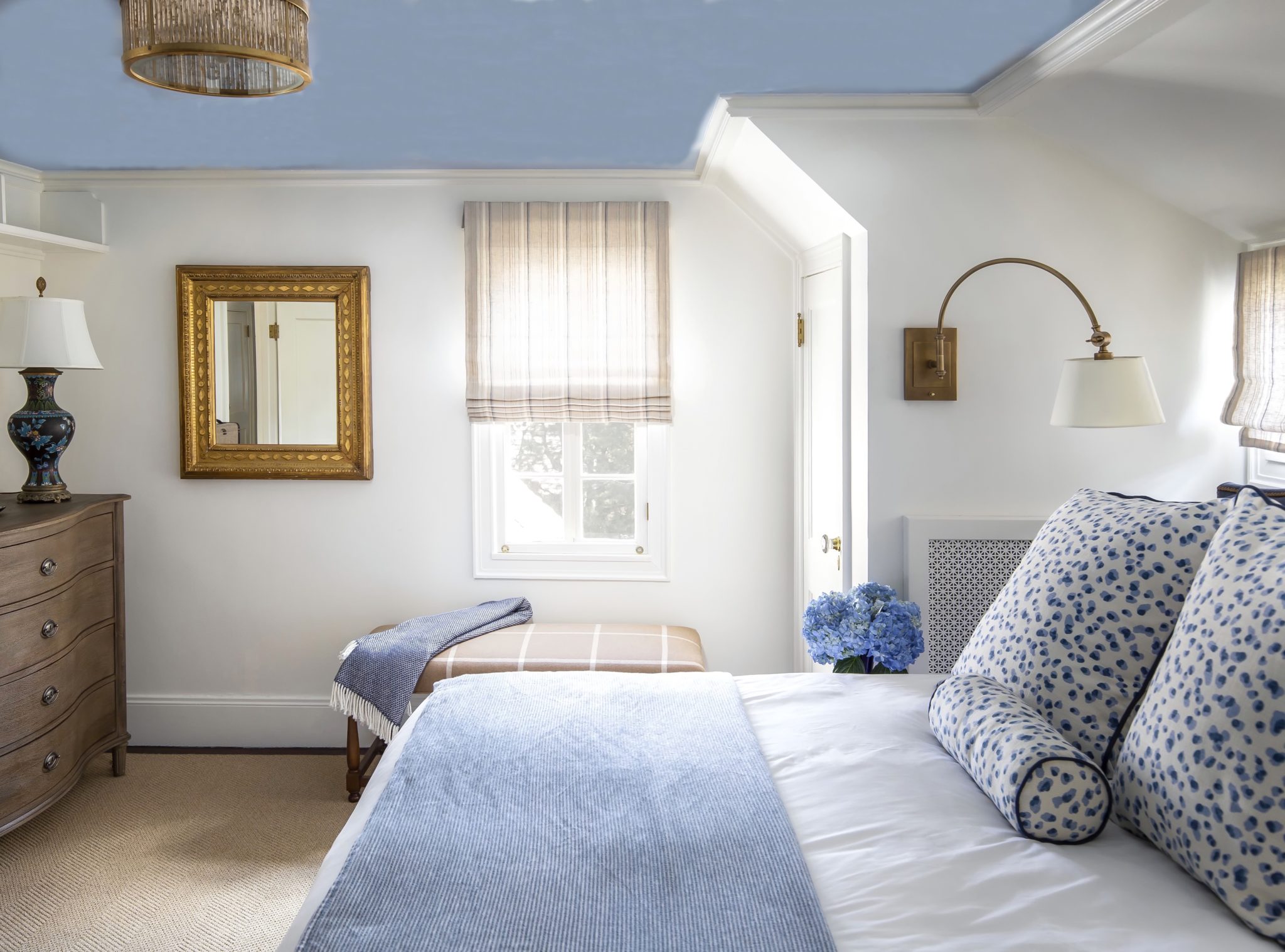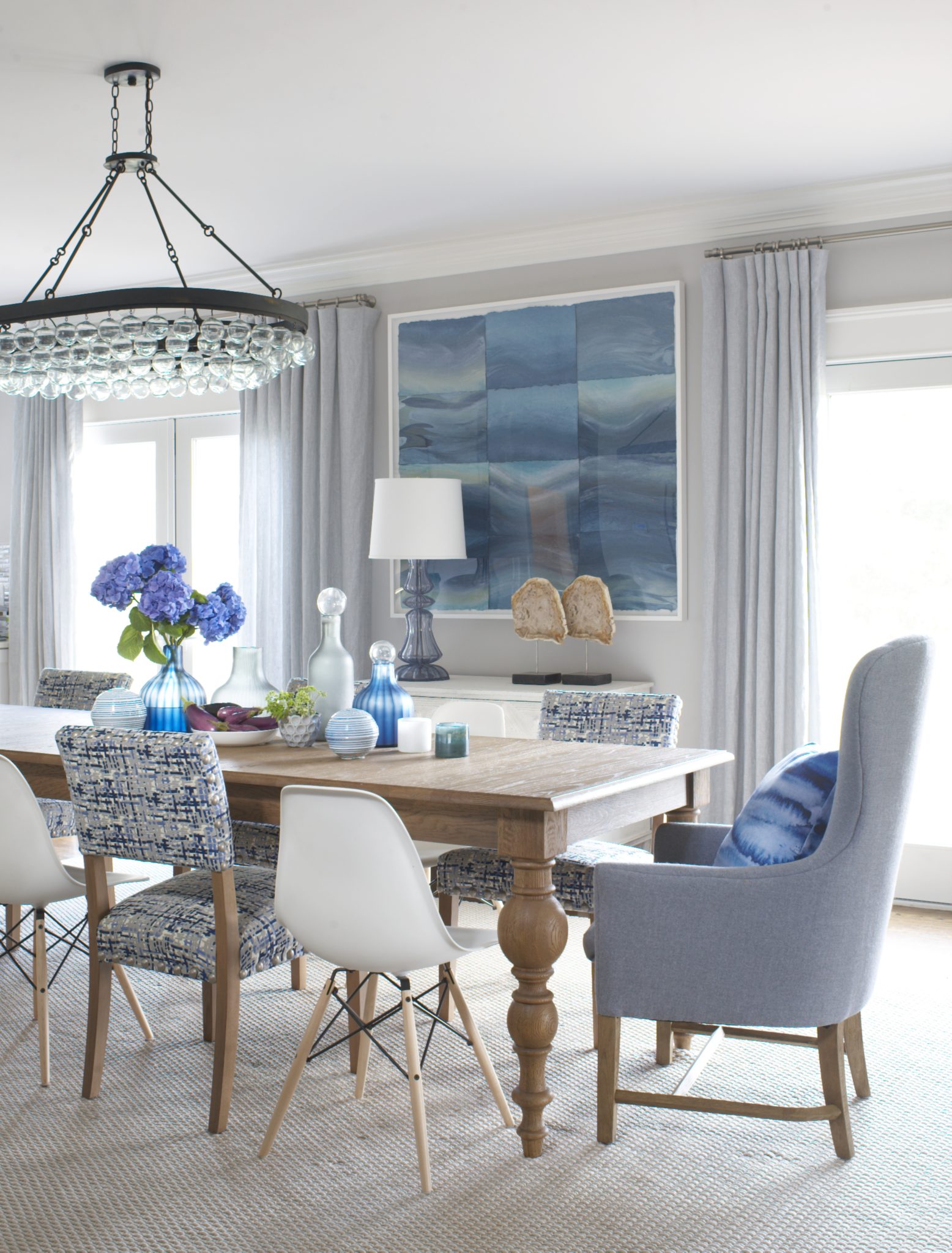Coastal designs are meant to enhance ocean vibes and promote comfortable, care-free living. While some iterations of the style may seem outdated or over the top, innovative designers can use contemporary elements to create rich, dynamic environments, whether on the coast or just inspired by it. So how do designers balance coastal and high-modern influences to craft luxurious, beachy interiors? We talked with top designers about what it takes to pull off contemporary coastal style today.

1. Architectural Details
Any great design begins with the structure. Corine Maggio, founder of CM Natural Designs in Mill Valley, California, points out that architectural elements can introduce a coastal vibe into a room. “Architectural detailing like molding, wainscoting, and paneling make such a big impact on a space,” says Maggio.


3. Simple, Clean Lines
Simplicity is of the utmost important in coastal design. “Easy living is the overall goal,” says Lisa Michael, a designer based in Delray Beach, Florida. Clean-lined cabinetry can help create this fantasy of effortlessness, as can other elements that focus on crisp, classic forms. Lisa Walsh, owner of Walsh Hill Design in Pennsylvania, recommends using sharp lines, like stripes, to emphasize the horizon line outside.

4. Avoid Over-Emphasizing a Nautical Theme
The most obvious way to create a coastal style is to incorporate nautical elements, including anchor motifs, decorative objects, and beachy artwork. With restraint, nautical tropes can help express the soul of a design; without it, the design risks coming off as cheap or overwrought. “Being too overt with nautical or coastal references” can disrupt the subtle beauty of a design, according to Joni Vanderslice, president of J Banks Design in Hilton Head, South Carolina. The team at J Banks Design suggests avoiding or limiting the use of seashells. “Use boats, fish, and anchors sparsely, if at all,” advises Sophia Shibles, a designer based in Providence, Rhode Island.



7. Emphasize Views with Every Detail
If a home has water views, every detail in the house should enhance those vistas, rather than obstruct them. Window treatments are key for emphasizing water views, and designers often recommend sheer or light drapery. Other accents matter as well. For example, large, contemporary pendants may help a room look more modern, but they risk blocking windows from different perspectives in a room, depending on the layout of a room and the fixture’s location. Rachel Reider, a Boston-based interior designer, recommends glass lighting. “Glass oversized light fixtures are another go to element in creating a modern coastal environment,” says Reider. “They make a statement without obstructing water views.”


Get the Look
Product_id 2245903 not found














